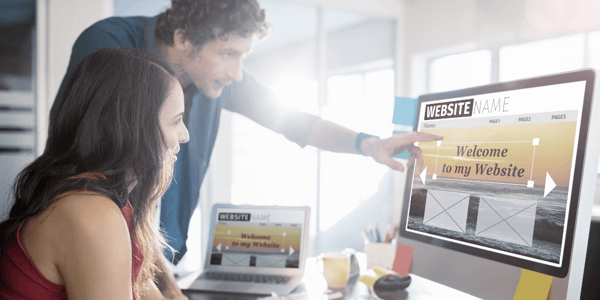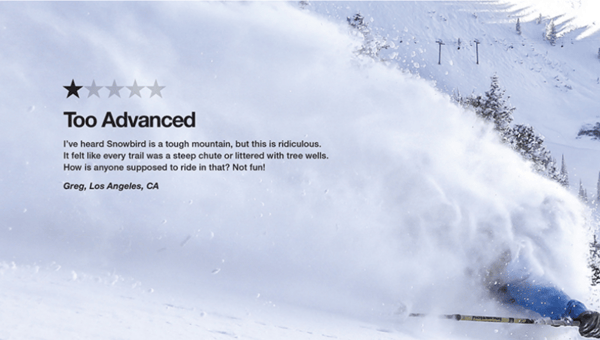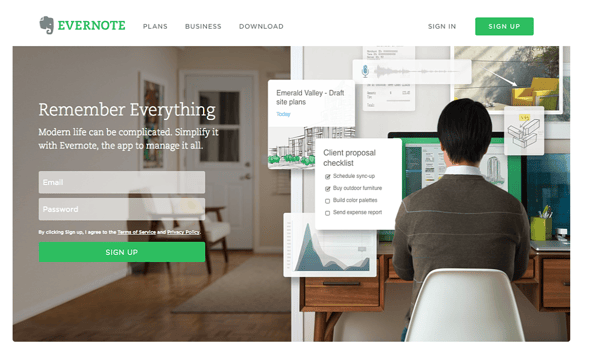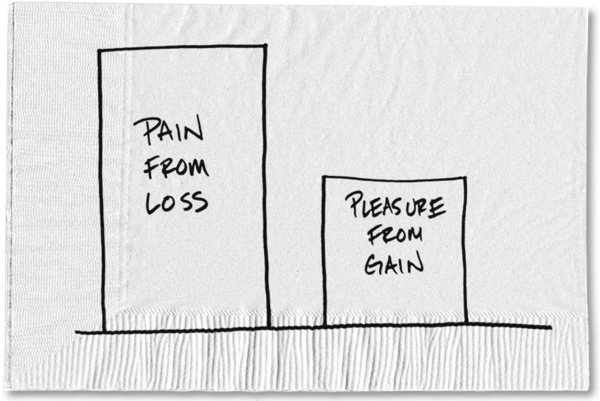The level of your marketing copy can make or break your conversion rate.
It's amazing, really. Sometimes, as little as one word can influence how many people engage with your offer. More often, though, entire pages of copy are improperly prepared and costing huge losses.
Companies pay huge amounts for professional copywriters because the right words can bring immense improvements to your copy's conversion rate.
And while you may not have the money for the industry's top copywriters, these four techniques for revamping your marketing copy could bring a version that outperforms your expectations.
How You Can Optimize Your Marketing Copy
So, you want to revamp your marketing copy. We could go through all the normal steps, making sure you have the basics covered, but you've already searched for that. You might have even read our own articles on the subject.
Instead, we're going to give you the tricks that offer the most bang for your buck. And, if you put them to use, you'll find your marketing copy reaching new heights on the conversion ladder.
1. Use Emotion
Everything comes down to emotion. Take this example.
No one wants just an ice cream cone. The cone is only fulfilling its purpose if it has ice cream to go in it. So, the reason someone is buying an ice cream cone is to eat ice cream.
But, people aren't buying ice cream cones to lay around at home, alone. You're eating straight from the tub on those nights. They're eating it on a cone because they need a mobile way to carry the ice cream, which means they're likely out and about.
My family gets ice cream cones when we're taking a walk downtown, or when we're at events. We eat them together while sharing experiences. So you could argue the reason we get ice cream cones is that they're attached to that need for community and belonging.
Consumers buy ice cream cones because they're tied to positive memories that lead to specific emotions.
Seth Godin uses his own example in This Is Marketing, talking about people not wanting to buy a 1/4 inch drill bit. They actually want a 1/4 inch hole, and they want that so they can finally hang the shelf their spouse has been asking them to. And when they achieve that, they'll earn the admiration and respect from their spouse for completing a job. So, a 1/4 inch drill bit is actually purchased for that admiration.
Now, it's hard to know exactly why people are going to buy your product. The best chance you have at getting there is by investing time in your buyer's personas and refining them as you continually learn more about your audience.
So, you know you have to look further than the initial 'why' to learn the reasoning behind a consumer's purchase, but how can you actually use that information to your advantage?
First, start with their pain points. What are the things that hit them hardest, driving them to you for a solution? With these in mind, you can format your copy to speak directly to those insecurities and issues.
For example, if you sell inexpensive yet fashionable suits, people could be coming to you because of the confidence associated with being well-dressed. Copy addressing confidence, like "Dress with the Best" or "Look the Part" would be more effective than "High Quality, Low Price."
This isn't foolproof. Some of your customers may only be purchasing from you because of your price, but price only matters when nothing else matters. And since we're not talking about paper towels, it'll surely have more impact.
Salespeople have long used a tactic called mirroring. This involves using similar gestures or actions as another person to quickly build rapport by letting them think you're just like them.
We naturally do it. If you have children, you've witnessed it first hand. In college, I used to sit with my elbows propped on the table, then when everyone at my table followed suit, I leaned back until they did the same. I didn't understand the psychology behind it back then, but I've realized it only worked in the more challenging classes when people were out of their comfort zone. They wanted to find that comfort in others who may have been struggling through the material like them.
So, it's easy for salespeople to identify how to mirror their clients because they're interacting with them, one-on-one. For marketers, if you have access to reviews from your customers or the competitors, look at the language they use when discussing your product.
For example, let's say you're selling a product that relieves back pain and you use the term "tension" to describe their issue. After reading reviews, you continually see "discomfort" and "tightness" popping up way more than "tension." By changing your copy to mirror their terminology, the customer feels like you understand them better. You're able to connect on a deeper level than just having the solution to their problem. Now, you "know what they go through" and have more credibility because of it.
2. Include the 4 U's of Headlines Throughout
Good headlines are said to require four things. They need to be Urgent, Unique, Useful, and Ultra-specific.
The issue many marketers have is that they leave those efforts with the headline. They miss an incredible opportunity to optimize the rest of their copy using the same approach.
Let's start with urgency. We can use the gimmicks like "Act now" or "while supplies last," but while they do work for specific audiences, they're not getting after the emotional reason someone needs the purchase.
You customer is tired of their back pain. They come home, day after day, working countless hours, and all they want is to be able to relax on the couch without feeling the tightness and discomfort that plagues them.
Copy can illustrate urgency by showing them what they're missing out on by waiting. Do they want to keep that pain? Or do they want to conquer it, so they can start living the pain-free life they want to? After all, if they wait, their pain is only going to get worse.
For Unique and Useful, you can tie in the benefits of your brand's Unique Value Proposition. That's what sets you apart from the competition, and if you can tie the benefits into their emotions like we discussed above, you can drive home some powerful results.
Finally, you want the copy to remain Ultra-specific. Inside the body of your copy, the second you start deviating from the topic, you're losing the interest of your viewer. You're also not delivering on the promise you made in the headline.
Someone has arrived at your page because they're interested in the offer. If the copy is too general, you're going to find a lot of unqualified leads coming your way. But, by making it specific to your ideal customer, the leads you earn have a much higher potential with your brand.
3. Format with AIDA
AIDA is a copywriting acronym that stands for Awareness, Interest, Desire, and Action. By formatting your copy in this manner, you're able to hook the consumer all the way through to your offer because the content flows in the same manner as their thought process.
Gene Schwartz talks about the types of traffic and how you address headlines differently for each:
"If your prospect is aware of your product and has realized it can satisfy his desire, your headline starts with the product. If he is not aware of your product, but only of the desire itself, your headline starts with the desire. If he is not yet aware of what he really seeks, but is concerned with the general problem, your headline starts with the problem and crystallizes it into a specific need."
How you grab their attention depends on where they are in their personal journey towards a solution. So, with the four U's, you can structure your headline and body copy for each of these, creating multiple versions of the offer that speaks to the different levels of traffic.
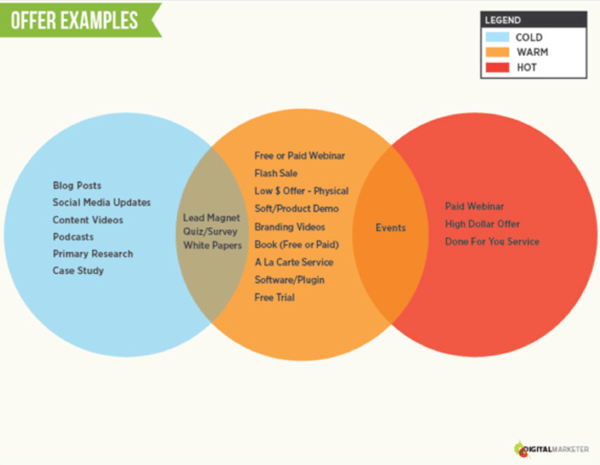
If your headline is the product, you can focus more on the benefits associated with the features. Since they're already aware of your product and their problem, they're likely aware of other products as well. Showing why yours is the best solution has more impact than with other types of traffic.
If your headline focuses on the problem, the benefits listed will reflect why the consumer needs to take care of the problem and how your product will get them through.
The interest section will maintain a bit of mystery to build the intrigue, and then you build desire through the rest of the copy, all the way until you need to them to take action.
Much has been written on optimizing CTAs, but for the sake of this article, it's important to remember that you need to connect on an emotional level. What specific phrasing would get them to click the button? What copy is going to position your offer as best for them?
If you focus on their needs and have an understanding of where they're coming from, you can create high converting CTAs.
4. Use Persuasion Techniques
There are loads of techniques for persuasion, and this could be an article in itself. But there are a few that pack a significant punch and shouldn't be ignored while creating your copy.
First, you want to pre-frame your offer. This involves taking those traffic sources Gene Schwartz discusses and planning the route that's best for each.
If your traffic is hot, the ones who know about your product, your pre-frame could be as simple as a blog post or an email. They already know who you are, so they have some background information. You want to shape the content to highlight the benefits and features that make you better than the competition. This way, when they arrive at your offer, they're already looking at it through that lens.
Warm traffic requires a little more love. If you can earn endorsements from experts or influencers they're familiar with, it builds trust in your brand. Then, when they see your offer, they're less skeptical about the benefits because people they respect have already vouched for you.
Finally, cold traffic requires a more educational pre-frame. They're only aware that there's an issue, but they're not quite sure what it is. "Not sleeping well? It could be because of X." This brings awareness to your product and builds some of the interest to learn more about your solution.
The next persuasive technique is loss aversion. The theory claims that people would rather maintain what they have than give it up for a chance at more. Seth Godin lists this idea as his fourth principle of status marketing. He claims status has inertia. We're more likely to want to maintain our status, whether high or low, rather than to change it.
On a simple level, this could be the difference between presenting a gift voucher with "Gain $5" or "Save $10." The latter hints that they have something to lose and has proven more effective time and time again. "You could also shape copy to reflect, "Your seat is reserved! Don't miss your chance to attend."
Many services will offer a free trial with the expectation that a customer can start using their product. When the timer counts down and they lose their free access, that need to maintain what they had is enough to lead to a purchase.
You could also use pre-order deals to show how much they'll be losing if they buy it at full price later. Or you can use the principles of scarcity and urgency to motivate them to convert on the offer.
If you do choose scarcity, be sure to frame it as "due to popular demand, supplies are running out." If the product is limited only because of the initially manufactured quantity, it has less effect unless the brand has already built a following.
Creating Copy that Increases Conversions
With these techniques, you can bring fresh life to your copy. If you can take a systematic approach to how you deliver the content, it'll work wonders on your conversion rate.
Start by understanding the reasoning behind why a customer is purchasing from you. Then, apply everything you've learned here while establishing some A/B tests to validate performance.
Improved performance is in your grasp, you just need to take the time to optimize for your audience.



